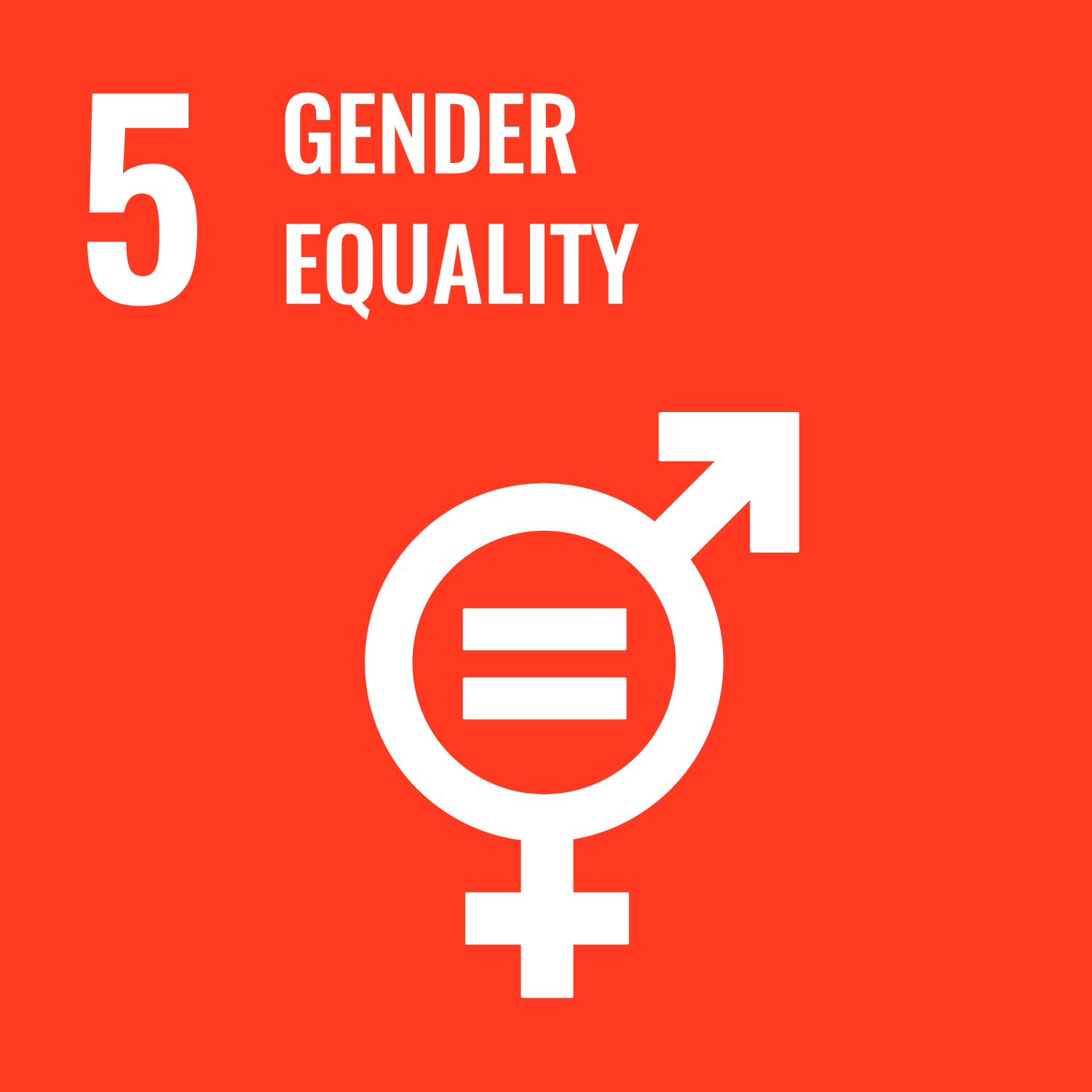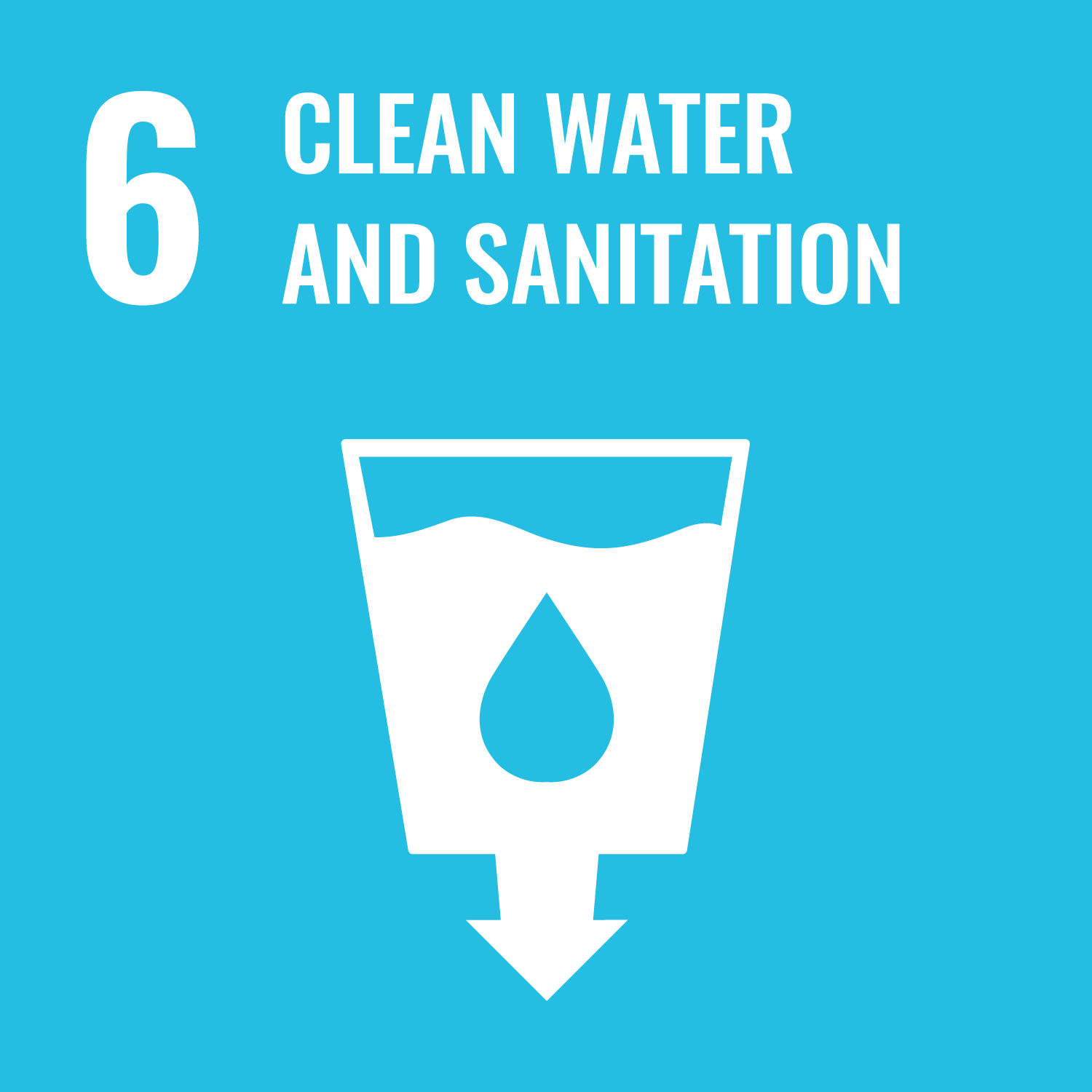Home » Niue

Niue
Summary of GCCA+ SUPA Project in Niue
The ‘Scaling up water storage and water quality monitoring in Niue in response to climate change’ project expanded previous water security interventions to establish effective backup water systems for selected households. Capacity building for key government agencies to monitor and analyze the quality of the stored water is another component of the project.
The project used a consultative and people centred approach to address water security issues in selected households and strengthen the water quality monitoring programme throughout Niue.

Project Focus: Water Sector

Direct benefit: 500 persons
Indirect benefit: 1,219 persons
- Geographic coordinates: Lat. 19°S, Long. 169°W
- Total land area 259 km²
- Exclusive economic zone (EEZ) 390,000 km²
- Population (2017) 1,719
- Temperatures have warmed and will continue to warm with more very hot days in the future.
- Rainfall data since 1905 show no clear trends. Wet season rainfall is generally projected to increase over this century with more extreme rainfall days and fewer droughts.
- Ocean acidification has been increasing in Niue’s waters. It will continue to increase and threaten coral reef ecosystems.
- Wave heights may decrease in December to March.
- Sea level near Niue has risen and will continue to rise throughout this century.
Source: BOM, CSIRO, 2014, Climate Variability, Extremes and Change in the Western Tropical Pacific: New Science and Updated Country Reports
How does this project address climate change adaptation in Niue?
Niue is a raised limestone island with no surface water and the entire population rely largely on the groundwater lens for potable water.The effects of climate change on temperature, rainfall, weather extremes, and sea level rise pose challenges for Niue, and the need forback-up water systems has emerged as a priority especially during prolonged power outages following storms and cyclones.
The project focused on scaling up household water storage systems and the improvement of water quality monitoring and adopted aparticipatory and inclusive approach that addresses the vulnerabilities and the rights of the householders in Niue. Through the provision oftraining and water quality laboratory equipment, the project scaled up the technical and operational capacity of key governmentdepartments in the areas of water quality and infrastructure.
Download PDFs
Key Highlights
- Enhancing water storage and quality
- Building community resilience
- Conducting assesments of household water storage systems.
- Developing selection criteria that address the needs of the most vulnerable households where rainwater harvesting systems need installation.
- Connection of rainwater storage tanks at identified households.
- Providing water quality testing equipment and training to the Public Health Unit
- Conducting a needs analysis and raising awareness about climate resilience for local area stakeholders.
- Building the capacity of community leaders and village council members in climate resilience through accredited training.
- Integrating climate change and disaster risk into local area sustainable development plans.
Activities meet the following SDGs:




Resources
Enhancing water storage capacity
Water quality measures
Building community resilience
